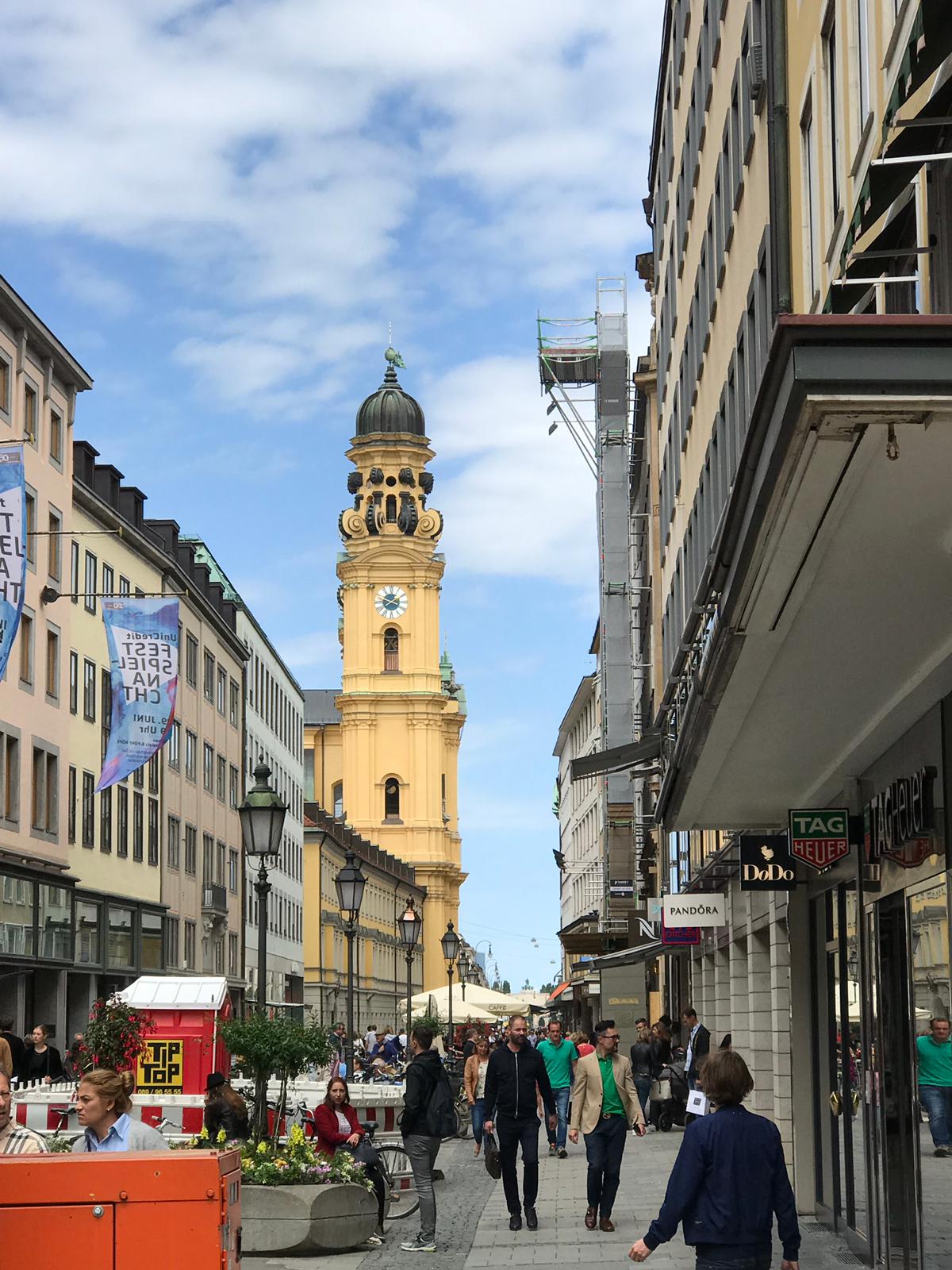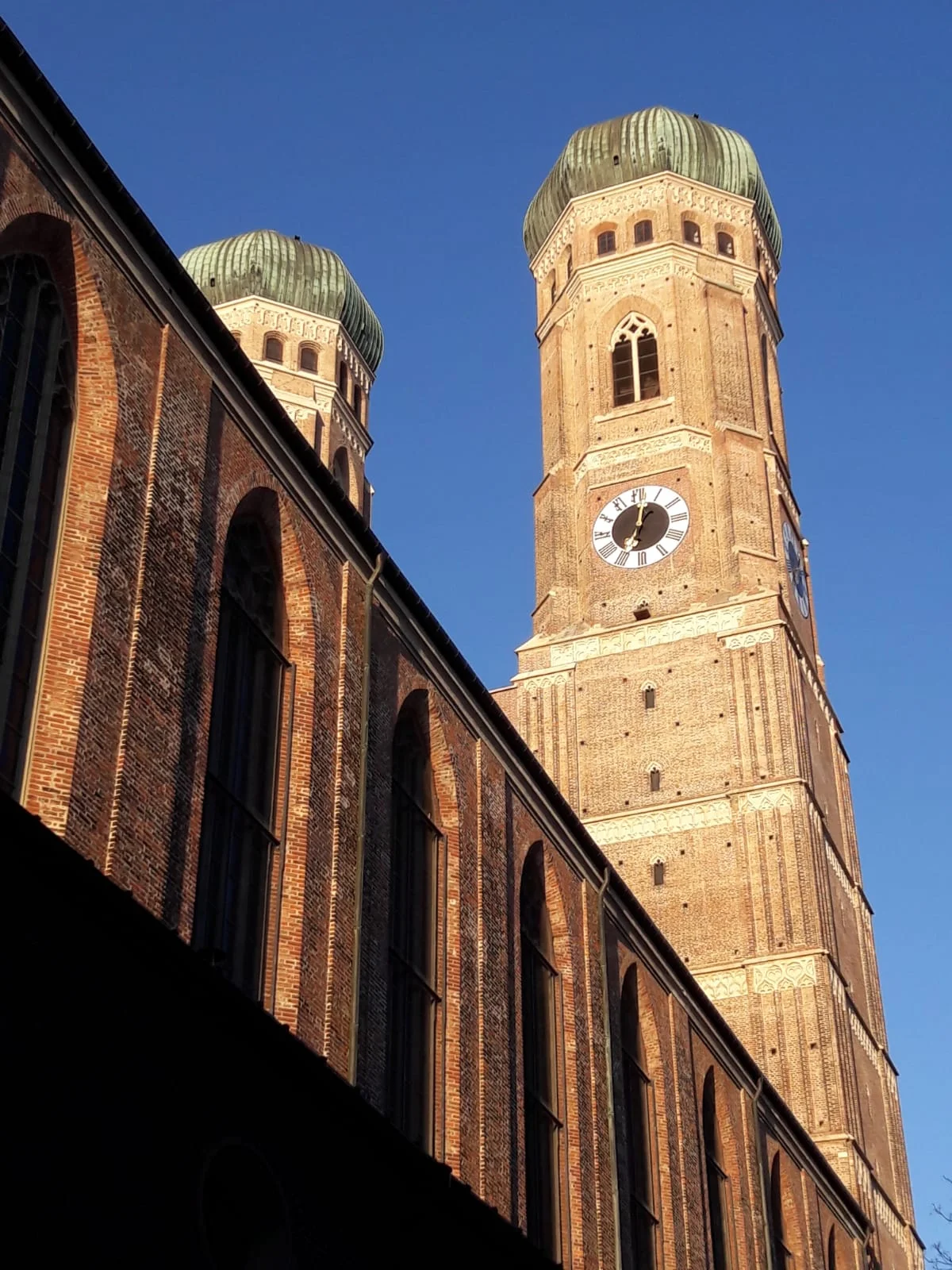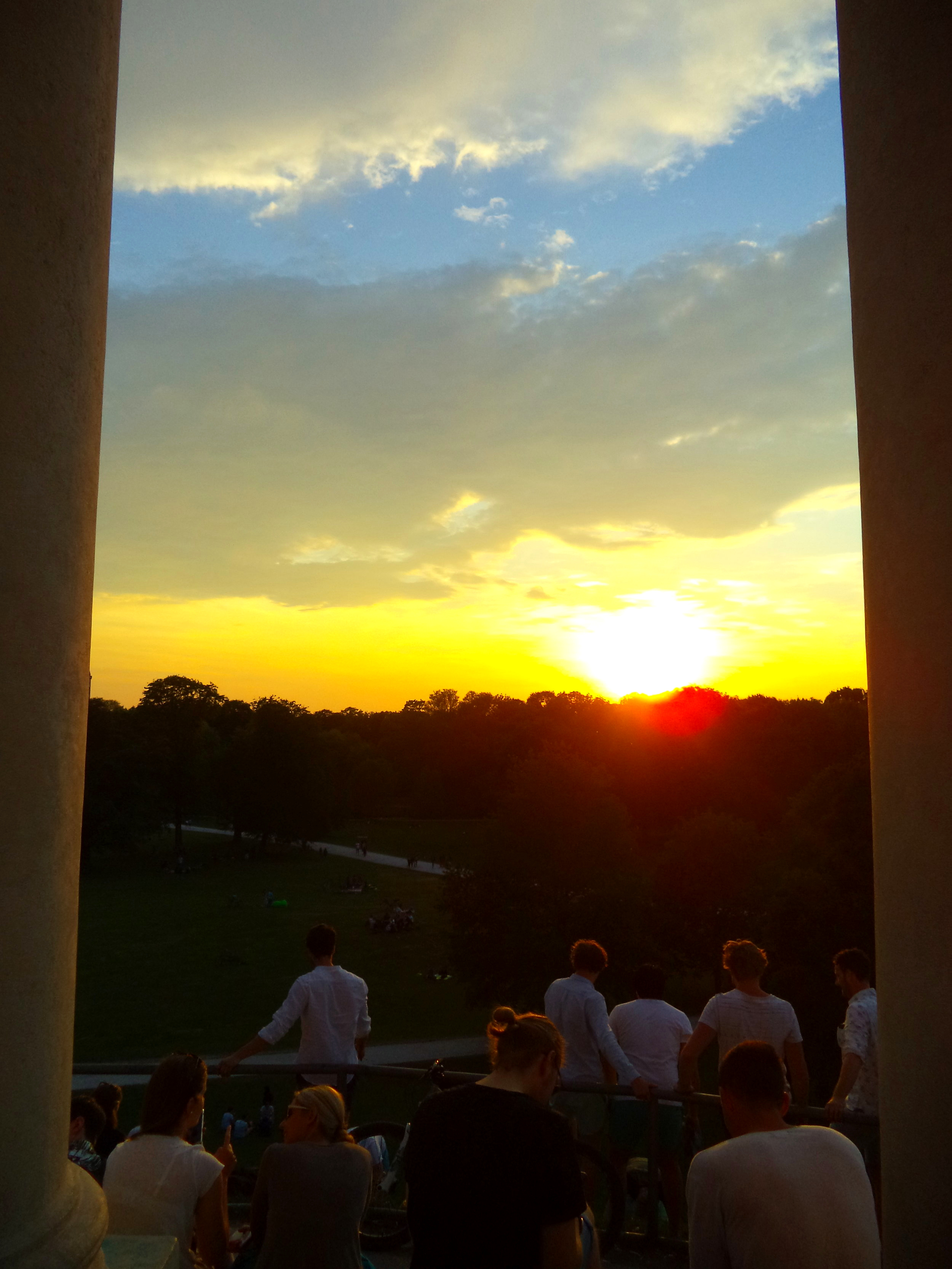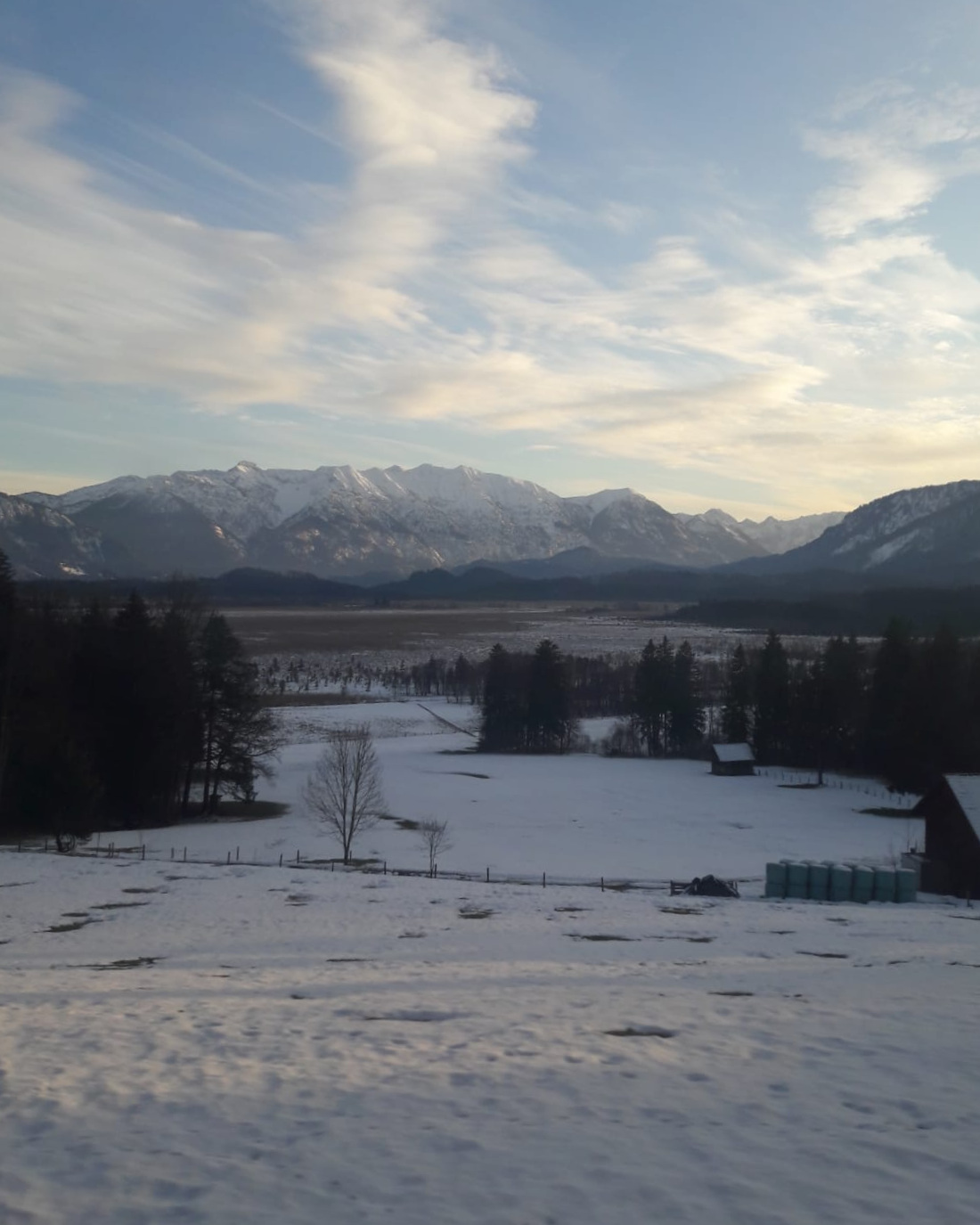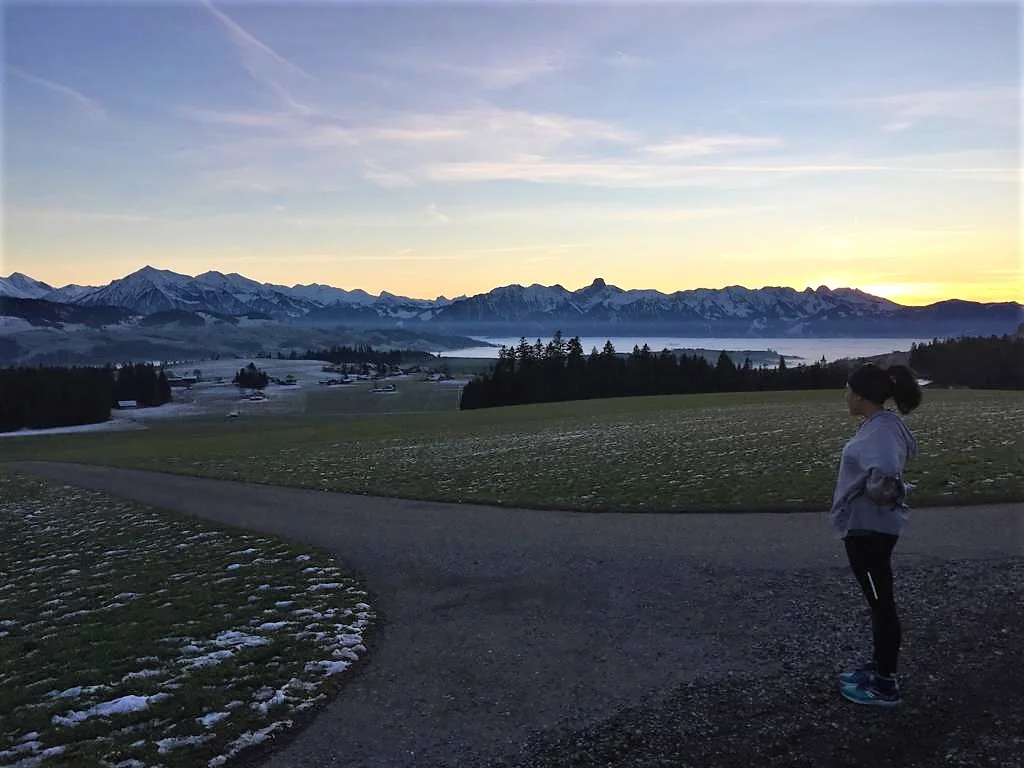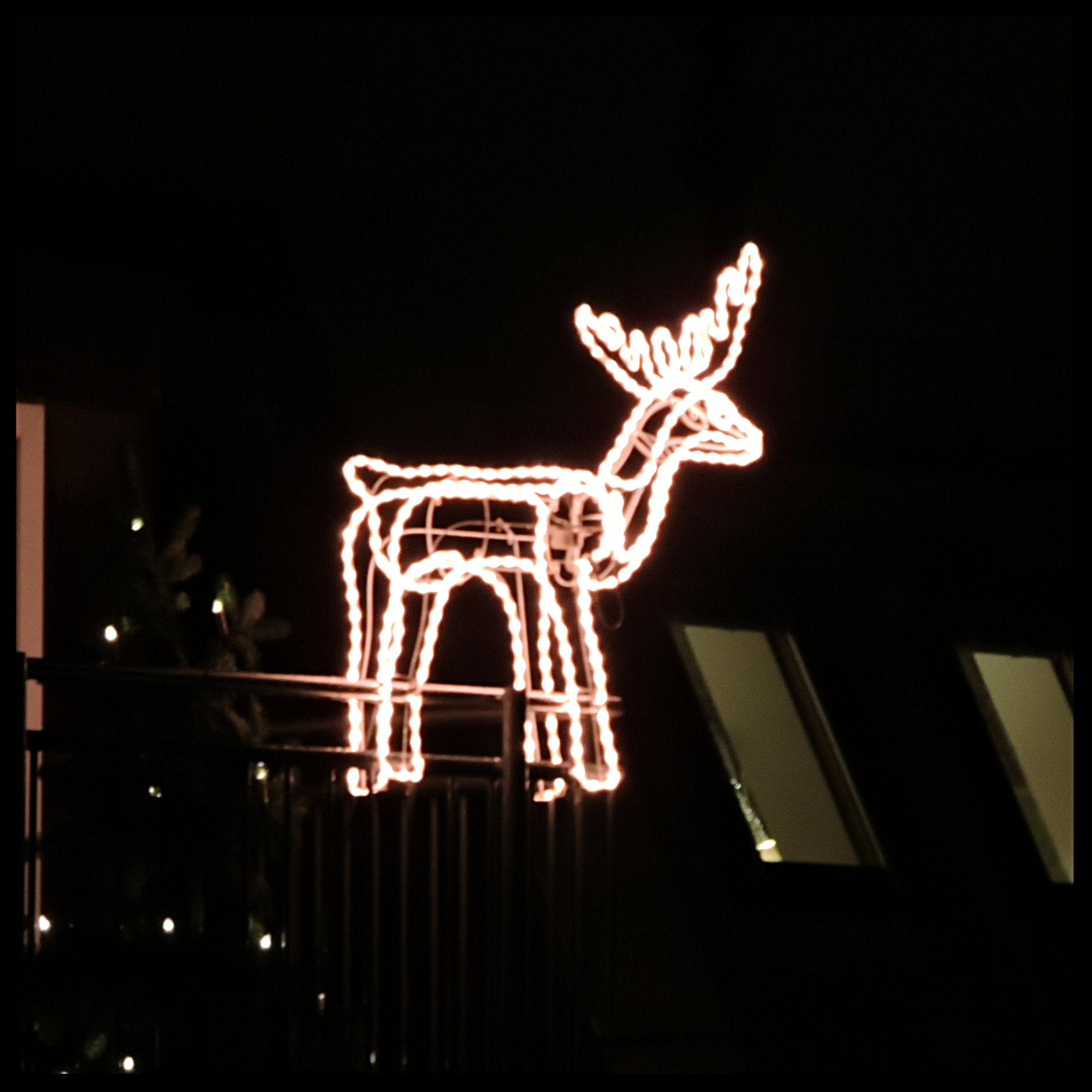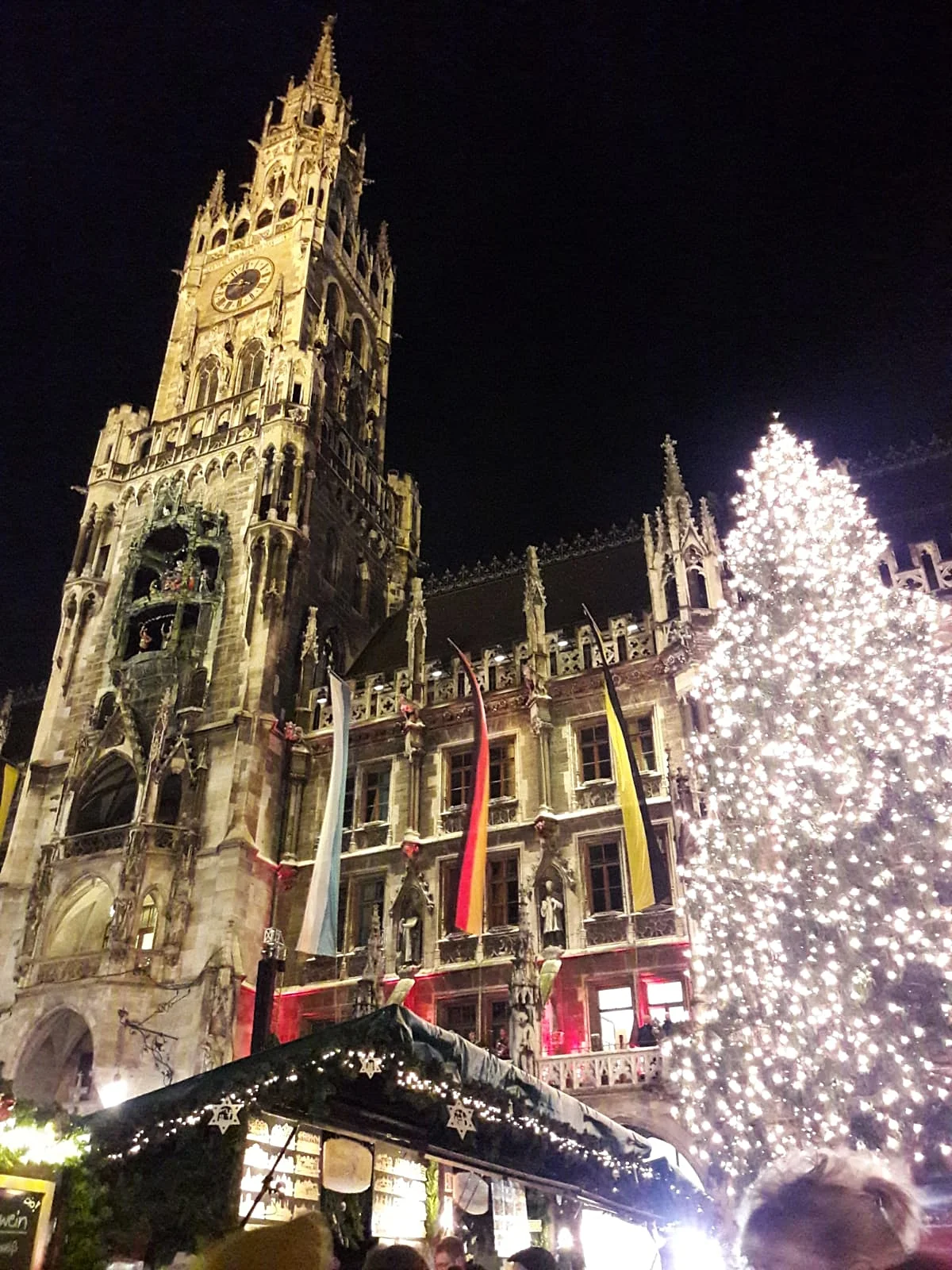Fall of Ages
/It was almost indiscernible but the Englischer Garten gave it away. Munich was changing. Midday still turned tourists and locals alike into sticky skinned creatures trying to avoid physical contact on the U-bahn but on occasion the temperature in the late evenings had dipped such that a shawl or heaven forbid, a cardigan was called for. Nonetheless, during the dog days of summer, it was impossible to believe that seasons could turn as they have been doing for the past few millenia. The fallacy was revealed, however, during a Sunday afternoon jog through the Englischer Garten's woods.
Leaves were falling.
At first I did a double take, worried that some blight had affected the stretch of horse chestnuts, which were strewing their leaves in front of my 11 minute mile. Instead of the disfiguration of the Shakespearean-sounding blotch and bleeding canker, the brown markings seemed to be the normal stigmata of decidual drop. Autumn was coming.
I panicked. There was still so much to do! Season-induced FOMO pushed up my heart rate and I raced back home faster than my personal best, in order to plan my last week of summer holiday in Munich. Museums could wait until the rainy weekends of the winter months, I needed to make full use of Munich, the sunshine and the outdoors. One name intersected the Venn diagram beautifully - Schloss Nymphenburg. Where better to spend the dying days of August than the summer residence of Bavaria's historic Wittelsbach line?
With its own tram stop a mere 25 minutes from the city centre, I found myself at the palace unexpectedly quickly. There was a mere five kilometers between the country estate, Schloss Nymphenburg and the main royal residence in Munich (whose name incidentally adheres to the stereotype of German efficiency by being called the Residenz). For all its physical proximity though, approaching Schloss Nymphenburg from the tree-lined canal one could be mistaken for thinking the tram had travelled much further, to a different country perhaps or even a different era altogether.
Such pomp and grandeur is rarely seen these days. For one thing cities do not have the space to construct wide edifices, for the most part we build up, not along. With the palace seeming to stretch across the horizon, I struggled to sweep the entirety of the facade into the obligatory panorama shot. Instead I chopped the length of French Baroque architecture into a series of disjointed snaps, thereby losing the full impact of its grandeur and symmetry in the name of amateur photography. Even on the small digital viewfinder of my camera though, the sumptuous design shone through. The immaculate white buildings gleamed off the display, the contrast heightened by the rosy triangular rooves of the pavilions. Nymphenburg was more idealized than my childhood imaginings of the perfect dollhouse. However, this was no dollhouse, this was someone's 490 acre palace.
Or had been.
As I began the tour of the main building, my initial awe at the frescoes and furnishings wore off to something I did not expect to feel amongst such opulence. I felt pity. Nymphenburg was impressive but it was also empty. For all its grand history, the great rooms were uninhabited, devoid of its former royal occupants and their associated events. Even on a sunny August afternoon the inner chambers had only a few lethargic tourists circulating, attention split between the last possessions of a royal dynasty and the prospect of ice cream after the tour.
Navigating my way around the floorplan I hastily took in the features of the former royal apartments. Here was a room in which the Queen Consort of Bavaria once received guests and there was the room that the Swan King, Ludwig II, was born in. Bereft of the full furnishings of those times, the momentous events seemed abstract concepts to me. I contented myself by looking at the pretty wallpaper instead.
Finishing my tour of the main building, I decided to fulfill my cultural duty and postpone my walk through the manicured gardens until after a walk through the Marstallmuseum, a side wing of the palace filled with royal equipage. I saw it more as an obligation rather than a pleasure, seeing as I had little interest in carriages but as soon as I stepped into the dim passages of the museum I was forced to change my view. Here objects from fairytales were made manifest. Stretching down the entire length of the converted stables were giant baubles of splendour and gold. There was so much gold.
I have never seen a royal carriage before, shunning the crowds of UK royal pageants in favour of a viewing the spectacle with a cup of tea in front of the telly. Even if I had gone to Harry and Megan's procession through Windsor earlier this year I doubt their carriage could match the outrageous gilt of the Wittelsbachs. It was glittering, insane indulgence of a like not seen since the days of European absolute monarchism.
And those days were over.
Now all that remains of Holy Roman Emperor Charles Albert's Coronation are a few incredible relics scattered in museums and private collections, which when pieced together can only allude to the grandeur of the occasion in 1741. Every night the Schloss Nymphenburg closes to visitors and its prestigious rooms are empty. It is a mausoleum to Bavarian history.
As I walked through the Nymphenburg gardens on my way back to the tram I noticed that the leaves here too had begun to drop.
It seemed only fitting.



